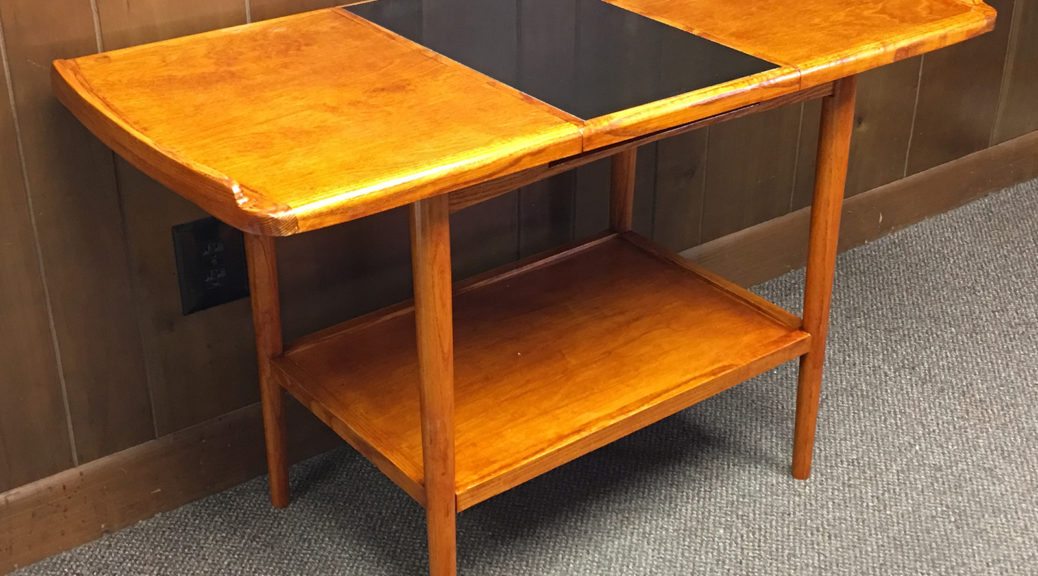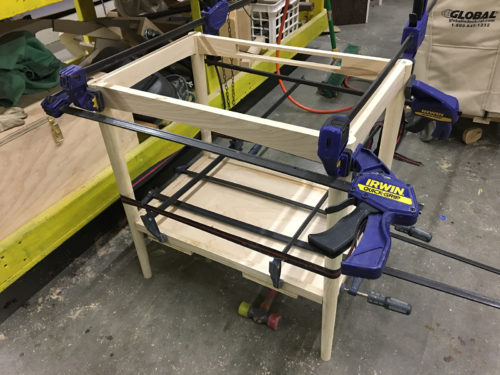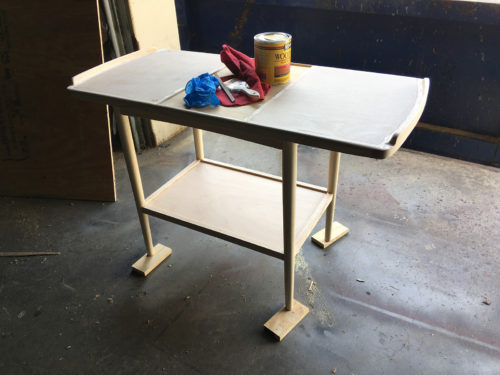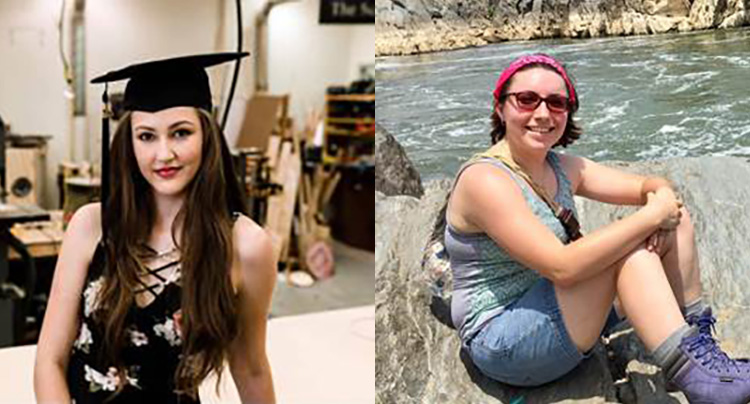(the following first appeared in an 1887 issue of the New York Tribune. The dragon in this article is the same as described in this article by Gustav Kobbé. I believe this dragon was built by a man named William De Verna, and that the property master in this article acts more like a house property position rather than the fabricator. I could be wrong, but what follows is still a great description of the dragon’s construction)
The Prodigious Monster Which Will Lash His Tail and Roar at Siegfried
The preparation of the beast which will take the part of the Dragon in “Siegfried” at the Metropolitan Opera House is an interesting study. Up among the flies Property-master Bradwell has the creature in charge and the evolution of the animal is exercising his best ingenuity. The Dragon in its early stage of development gives the unheroic idea of an immense battle. The body and tail are of steel wire wound in spiral shape and tapering off from a diameter of three feet at the shoulders to a minimum at the tip of the tail thirty feet away. Over this framework a covering of green silesia has been placed to afford a chance for fastening on the scales. These will be some 5,000 in number and are made of leather in strips five inches or so in length and about three inches in width. These overlap each other and are tinged with iridescent colors which will give the beast a glittering and imposing aspect when he is completed and in working order beneath the electric light.
The steel wires project about the shoulders and front part of the beast’s body, so that when covered with scales the dragon has the appearance of a horny monster. The head and feet are of papier mache. The head is some three feet in length and of about the same depth, with a lower jaw which is ominous in size. The feet are three-toed and cover a space two feet square. Yet head, feet and body are together so light that they will not weigh over fifty pounds all told. The feet are front feet, of course only two in number. The rear part of the body runs on two casters.
A man will work the monster from the inside, his head extending up into a huge hummock just behind the dragon’s head, his feet being encased in Wellington boots fitted into the feet of the animal. The manipulator will be enabled by a system of wires to turn the casters, swing them around and at the same time control the head movements and the lower jaw of his charge. Incandescent electric lights form the dragon’s eyes and the eyelids of these are also moved by the inhabitant within. Steampipes will be introduced at the tail of the dragon and at the proper moment steam will be forced out of his nostrils. When the steam and the eyelids and the jaw and the head are working at their liveliest, men in the flies, with wires attached to the dragon’s tail will make that part of the beast thresh the air in fury, while in the wings a mighty trumpet will sound forth the musical notes in which the Dragon will express musical sentiments appropriate to the occasion, at least until Siegfried shall put an end to the tumult. Mr. Bradwell is proud of his progeny and thinks his initial appearance will be a great success.
New-York tribune. [volume] (New York [N.Y.]), 23 Jan. 1887. Chronicling America: Historic American Newspapers. Lib. of Congress. <https://chroniclingamerica.loc.gov/lccn/sn83030214/1887-01-23/ed-1/seq-9/>















